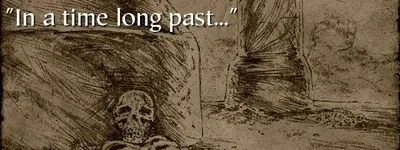I enjoy reading speculation done well, because I can usually appreciate the depth of research and the structure of the argument and, of course, the firm declaration that the thesis being presented is not proven. That is, it is not annoyingly presented as being fact.
Better still if the hypothesis presented can be tested, so one might learn something from the exercise - preferably positive. For instance, I don’t go along with Petter Amundsen’s main thesis, but I feel that his Tree of Life theory, as he imagined it tested, was out of the ordinary in its results. I’d thought to take a look at the designated spot to see if a stone was present, but I never contemplated digging.
Finding more stones at other points made the test more interesting, and the thesis a shade more believable (though not compelling) and it’s a shame that, at the time, Petter couldn’t check out every likely location on the supposed Tree structure.
So much Oak Island theory falls short in the testing, either documentary (historical) or exploratory (location). To suggest that the originator may have been a Freemason is one thing, to declare that the project was Masonic is quite another. I imagine that testing either would come up short, but I reckon the former might be worth pursuing in preference to the latter.
I also see no reason to specify the who, the when or the what without incontrovertible.evidence. Find the deposit, if there is one, and then work this out. I believe that if there’s a deposit then the path to it may well lie on the island, and that the ground markers and map instructions could be all the documentation we'll ever have (and, hopefully, need). However, I don’t deny that it’s possible a knowledge of Freemasonry might help in the interpretation.
For example, the quest for the deposit may start in the east and proceed west, thence returning to the east. I don’t look for a Masonic conspiracy, simply because I currently find this unnecessary.






